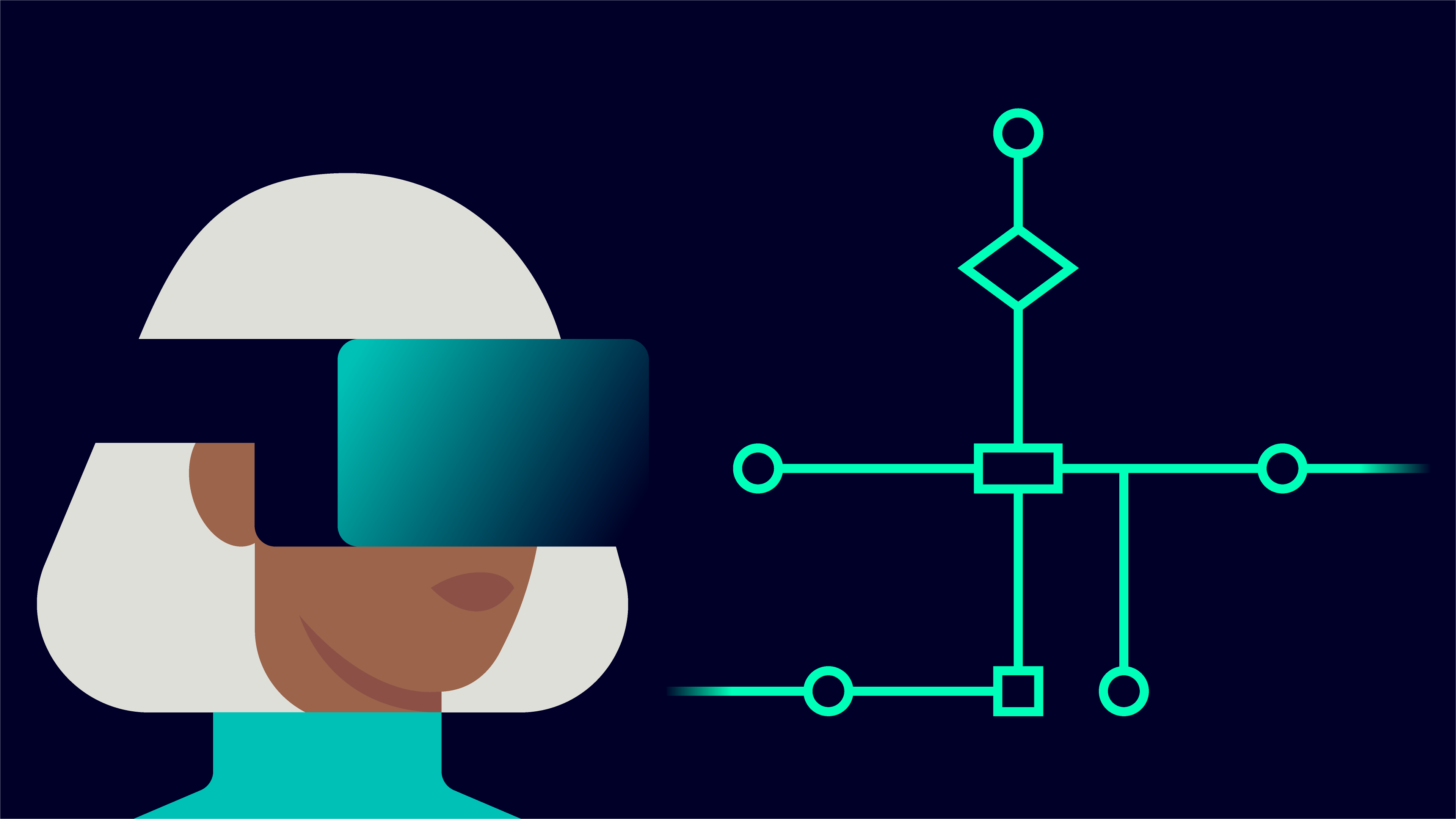How AI is augmenting design tools

AI is rapidly finding a place in every industry even those, like Aerospace and Defense (A&D) which much must be especially cautious of adopting new technologies to ensure the meet rigorous safety requirements. On a recent podcast, VP of A&D for Siemens, Todd Tuthill was joined by Dr. Justin Hodges, AI/ML Technical specialist and product manager for Siemens Simcenter, to explore the ways AI is interfacing with complex design and simulation software, and what that means for industries like A&D in the future. Check out some of the AI highlights of that talk below or listen to the full episode here for a deeper aerospace perspective.
Building a smarter tool
Knowledge is the cornerstone of design and, with as complex as aircraft and spacecraft are, there is no place where that is more true than the A&D industry. Companies spend decades building up valuable information as new projects build on the successes of the old. As challenging as it can be to build up that knowledge, it is often equally difficult to document it completely and utilize it to its fullest extent but now, thanks to AI, there is a new way to keep this data alive and in use.
No one will keep doing a job forever. Be it retirement, moving to a new position, or one of any number of other reasons, people will always move on. However, in many fields such as engineering and design, where it takes years of study and practice to become an expert, having an expert move on from a position can represent a significant loss of knowledge. In an industry already struggling with a shortage of skilled labor, this only exacerbates the problem. Now, though, by integrating AI directly into design and simulation tools, it can learn from these experts as they work, capturing key knowledge and allowing it to be used and built upon by generations of engineers.
Capturing generational knowledge using AI integrated at the tool level not only serves to keep that knowledge from being lost but enables the tool itself to grow smarter as well. Once the AI model has received enough training data, it can start providing recommendations and suggestions based on the decades of expert knowledge at its proverbial fingertips, not only ensuring all information is used to its fullest extent but training the next generation of engineers at the same time.
AI supports design
AI isn’t just making tools smarter, it’s helping engineers work faster and more efficiently too. The design process faces many potential slowdowns, especially when it comes to handling large and complex models or datasets. With its unparalleled ability to manage vast quantities of data and extract useful insights from it, AI serves as the perfect means to accelerate these traditionally slow processes.
Reduced order models or ROMs leverage a variety of techniques, especially machine learning and artificial intelligence, to drastically speed up tasks such as simulation. By training an AI model on past and current simulation data – data the aerospace industry has in great quantity – its possible to augment existing simulation practices and greatly speed up the crucial yet time consuming step of simulating proposed designs and changes. Rather than running through the full simulation pipeline, a ROM can instead use the power of AI to generate a highly accurate inference nearly instantly, massively reducing the number of simulations that need to be run at each step of the design process.
AI could also serve as a bridge between data and designers, allowing for easy or even conversational access to vast stores of knowledge that would otherwise be difficult for a human to parse and draw conclusions from. With years of experience, designs, and technical information to draw from, and AI model could be used to make predictions on how a proposed design will function before any time is spent prototyping it, helping guide designers toward an optimal result without any wasted effort.
AI is poised to revolutionize not just the design process for A&D, but across all industries as it helps to leverage key knowledge in ways people could only dream of before. Now too with the advent of generative AI, many companies will be taking the next step in their digital transformation maturity journey, adapting and benefiting from the incredibly rapid growth of AI technology to propel themselves into the next stage of autonomous, intelligent design.
Siemens Digital Industries Software helps organizations of all sizes digitally transform using software, hardware and services from the Siemens Xcelerator business platform. Siemens’ software and the comprehensive digital twin enable companies to optimize their design, engineering and manufacturing processes to turn today’s ideas into the sustainable products of the future. From chips to entire systems, from product to process, across all industries. Siemens Digital Industries Software – Accelerating transformation.


